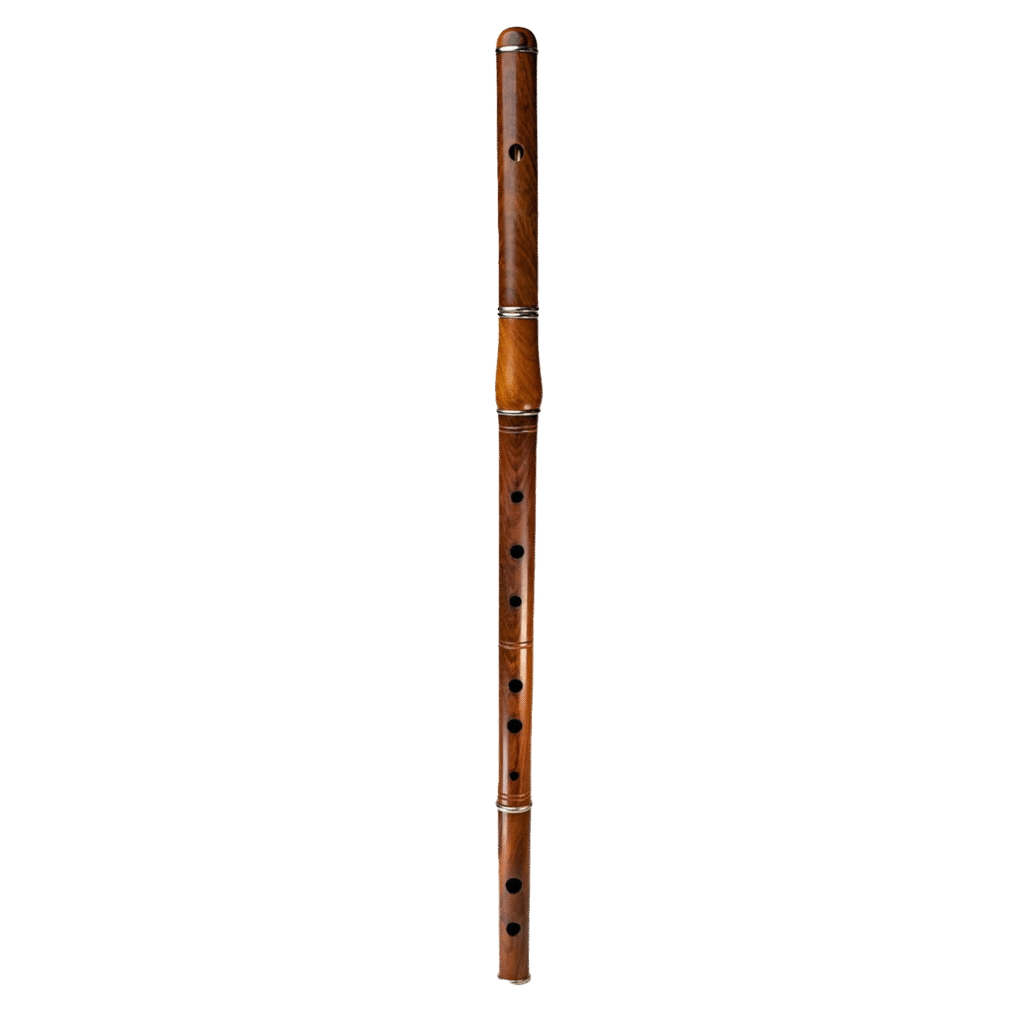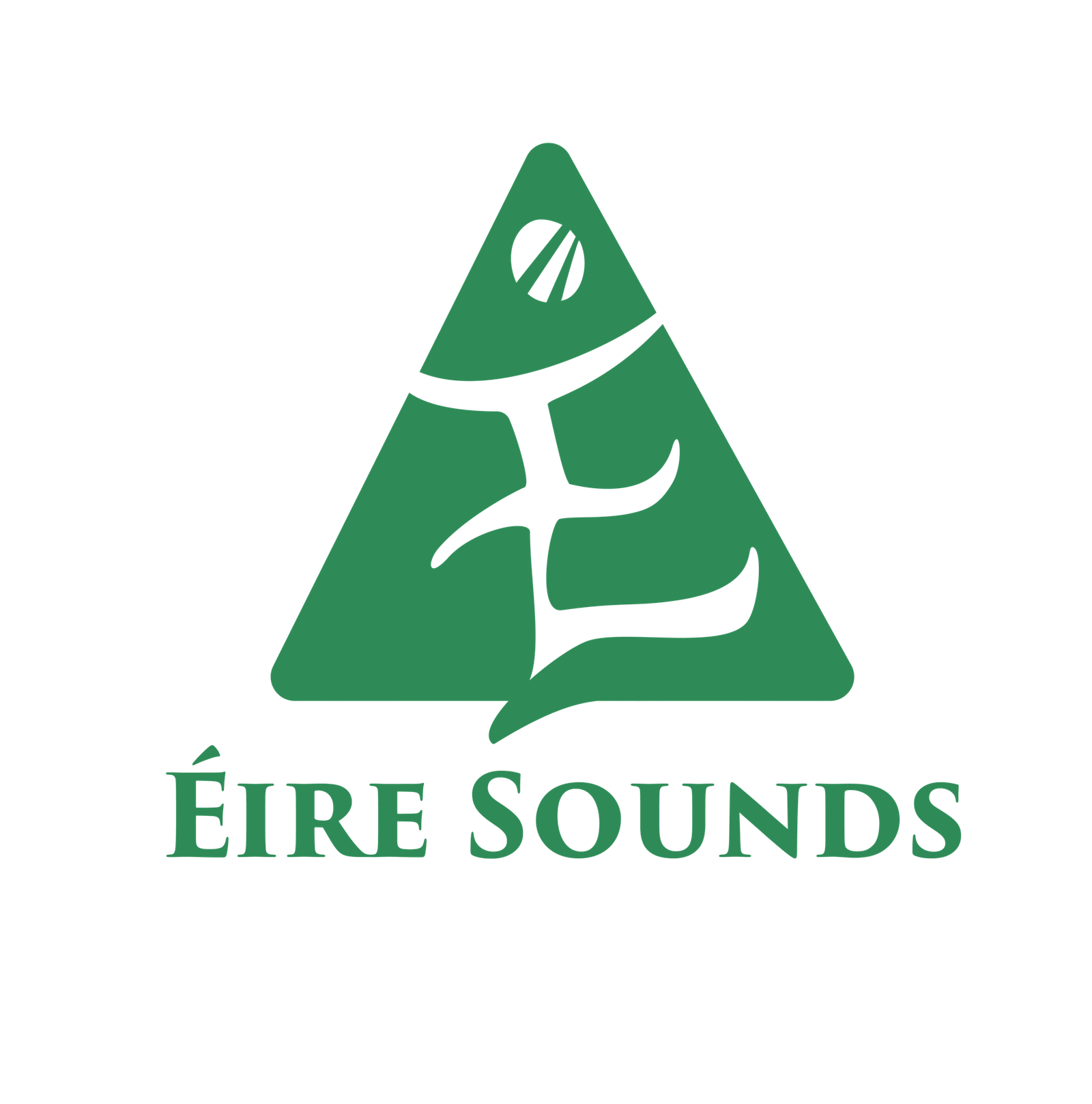- Description & Sound: Wooden keyless flutes produce a warm, resonant tone distinct from metal concert flutes (The Irish Place).
- How it’s played: Held horizontally; uses similar fingering as the whistle; breath control allows phrasing and dynamics.
- Usage: Common in solo playing and ensemble contexts, especially paired with fiddles.
- Notable Musicians: Michael Tubridy of The Chieftains, who plays flute, whistle, and concertina (McNeela Music).
Historical Context
- Origins: The traditional Irish flute evolved from Baroque wooden flutes of the 18th century (keyless or with few keys).
- Adoption: Irish musicians adopted it for its strong, breathy tone, perfect for dance music.
- 19th Century: Became widespread, especially in western counties like Clare, Galway, and Roscommon.
- Cultural Importance: Alongside the fiddle, the flute was essential in rural house dances and sessions.
20th Century Revival: The wooden flute became iconic in traditional music circles, distinct from the orchestral silver flute.

